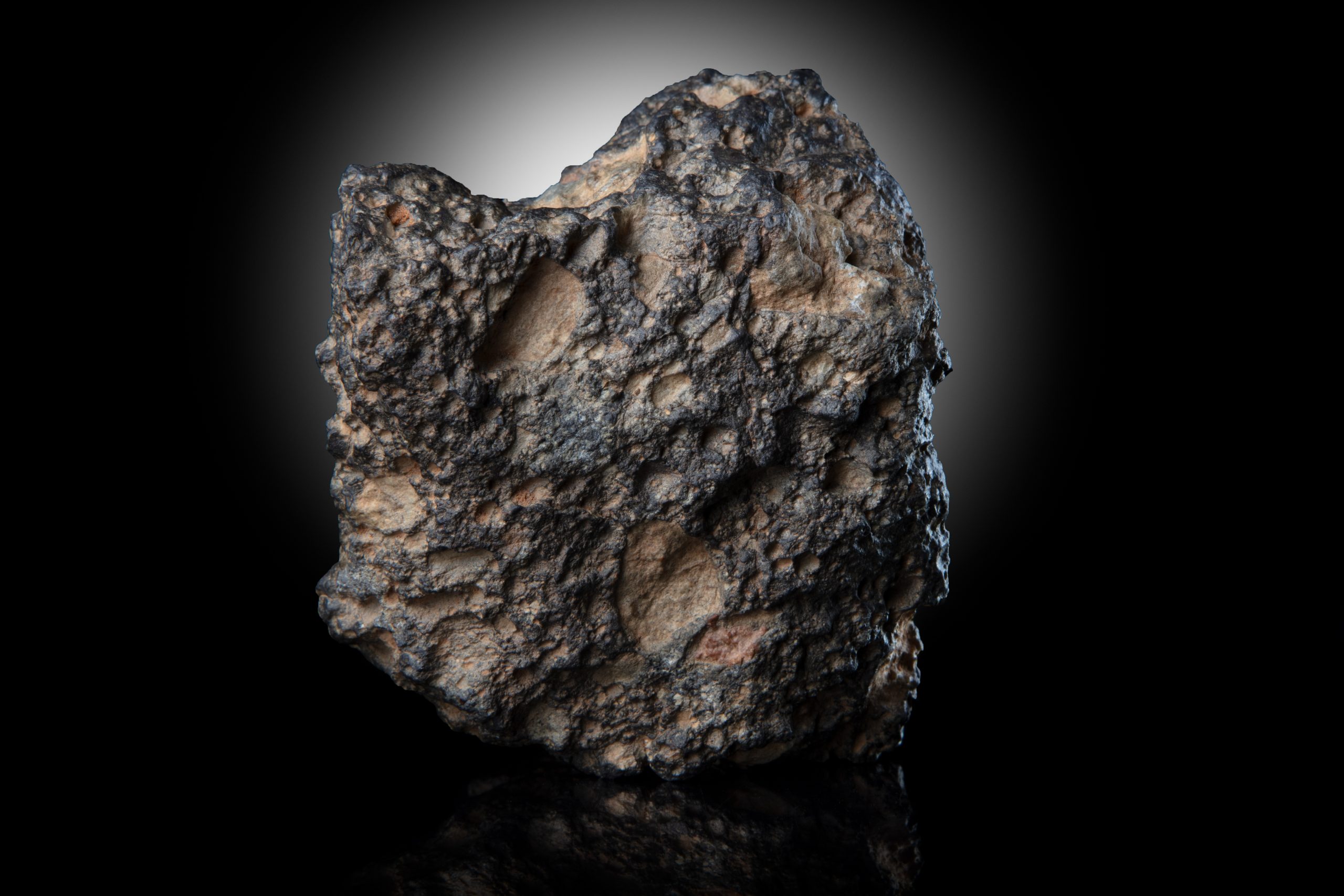

Between April 16 and 25, around the constellation of Lyra.

During the first days of January in the northern hemisphere. However, from time to time one of good size manages to break through and crash more or less intact to the ground, thus becoming a meteorite.Įvery year these meteor showers occur. The most famous and recurring are: When it falls apart, it becomes small particles that trace a luminous path in the sky (meteors), as they disintegrate in the atmosphere.

They are also known as “meteor showers”. It is about the entry of a good-sized meteorite into the atmosphere , which succumbs to friction and the high temperatures it generates. The Perseid Rains can be seen over the Rhodope Mountains, Bulgaria.

Some are simply leftovers from the formation (or destruction) of larger astronomical objects, such as satellites or planets . Meteorites are named after the location where they were found or witnessed falling, often followed by a combination of numbers and letters to distinguish them from others that have also fallen in the same region. Some 1,050 falls and around 31,000 finds have been recorded and documented . Most of those that enter the atmosphere do not survive frictional erosion on their downward trajectory , but many others do. If there are witnesses of its impact with the ground , they are called “falls”, or they are called “findings” if they are recovered later. It is estimated that about 100 meteorites of different sizes and compositions enter the surface of our planet annually , some tiny and others more than a meter in diameter. Also, what are its characteristics, its classification, and more? What are meteorites?Ī meteorite or aerolite is an object that comes from space that impacts on the surface of some planet or satellite , in which they remain after surviving the friction of entering its atmosphere . Meteorites have been observed on the Moon , on Mars , and of course on Earth . We explain what meteorites are, how they are formed, and what they are made of.


 0 kommentar(er)
0 kommentar(er)
